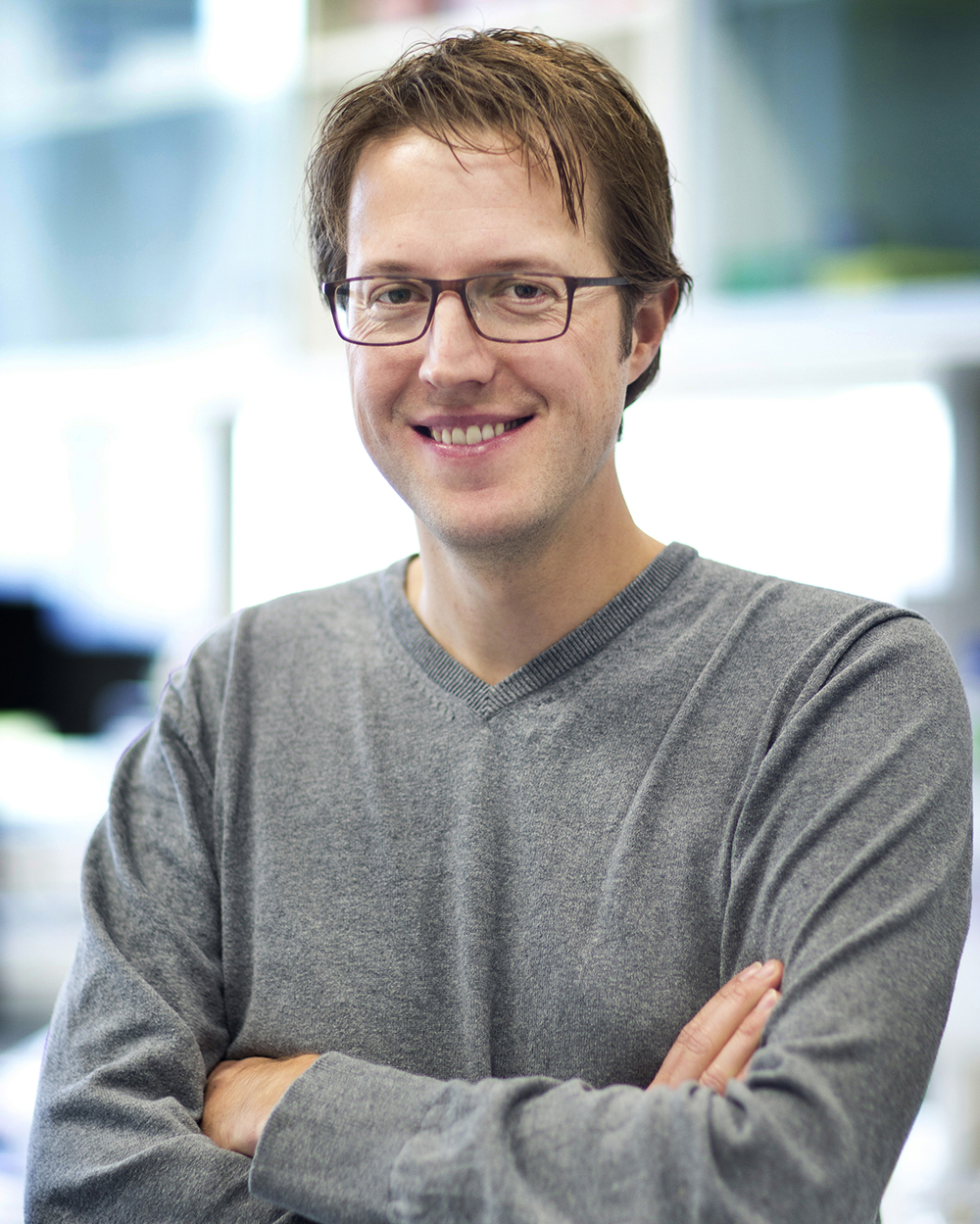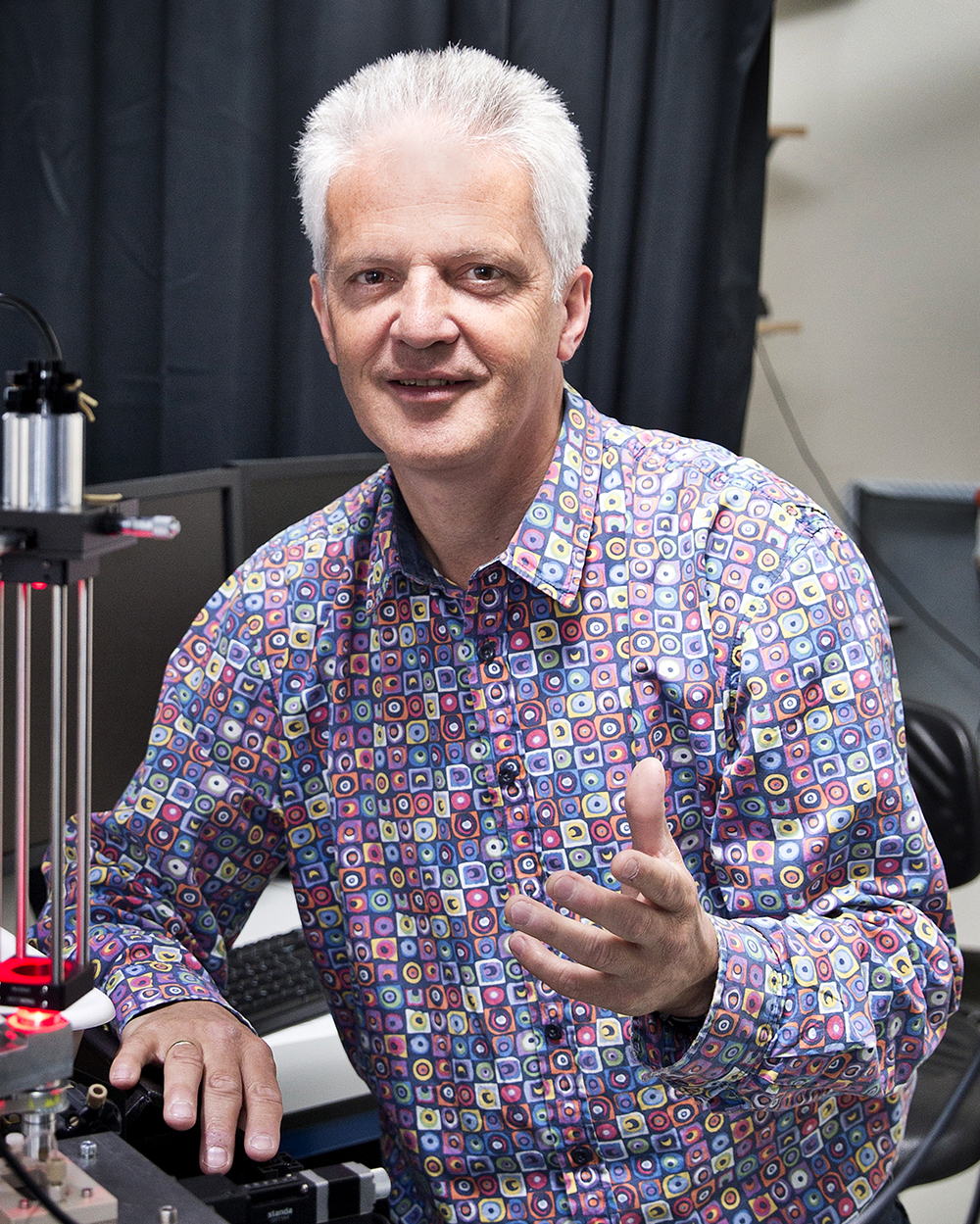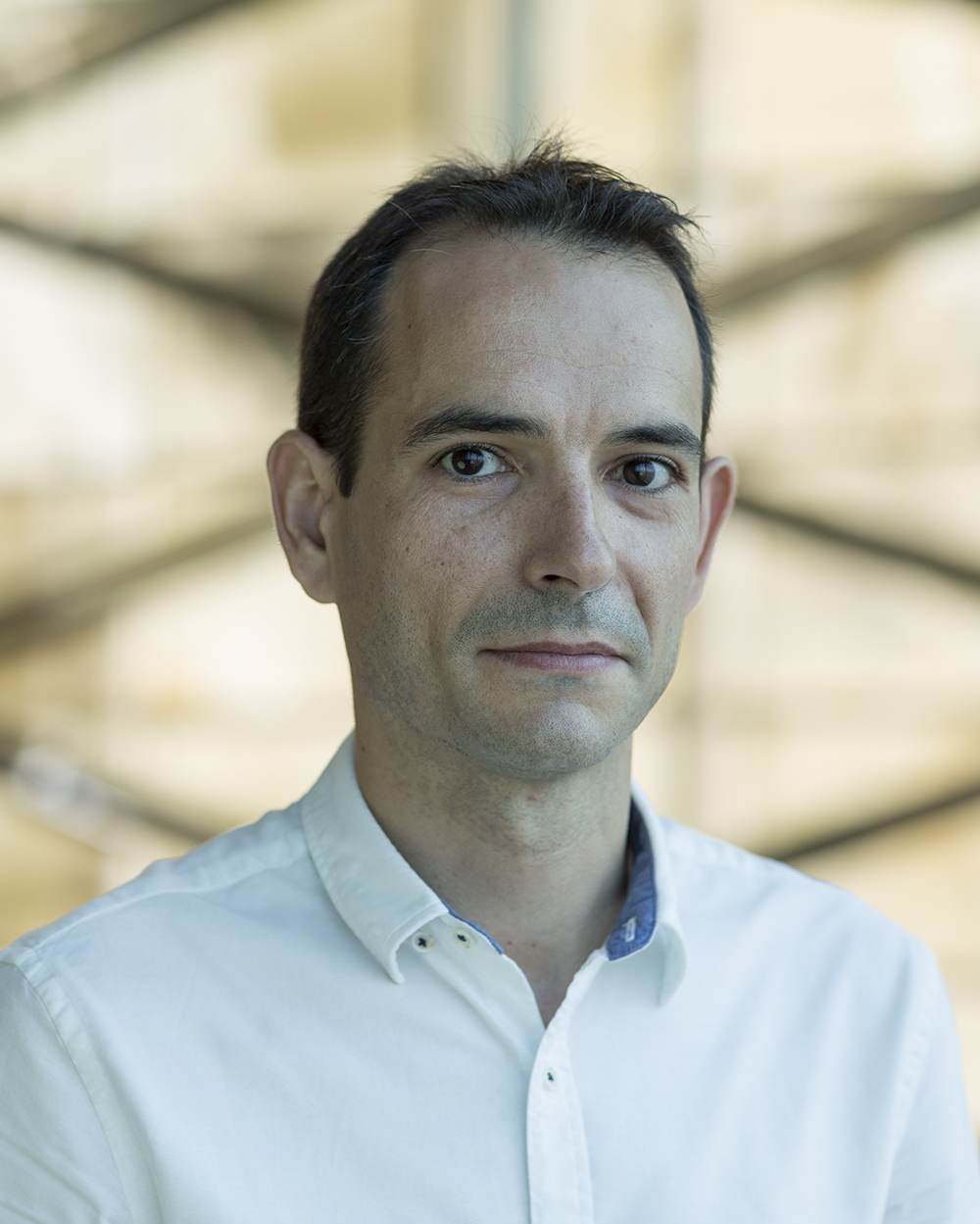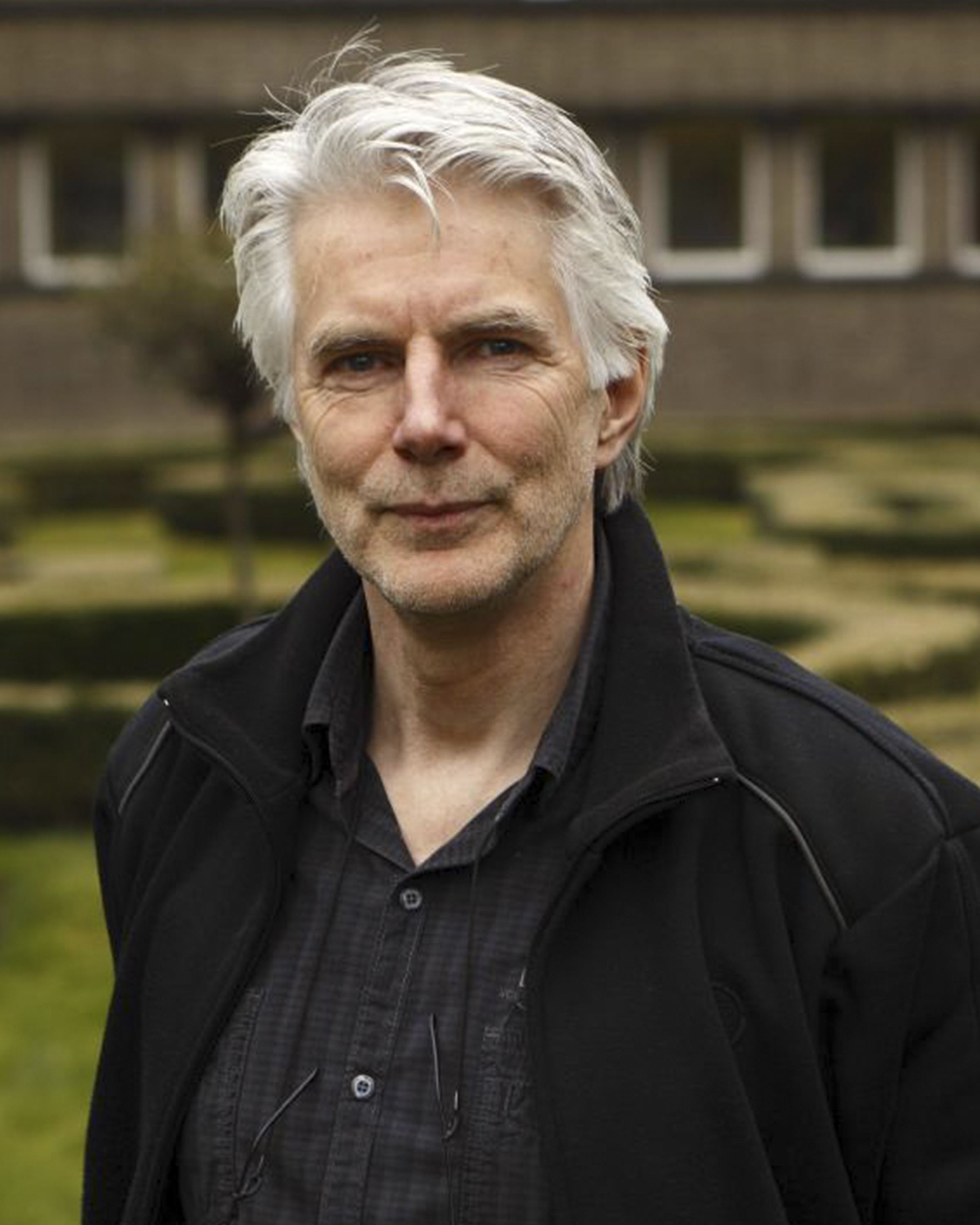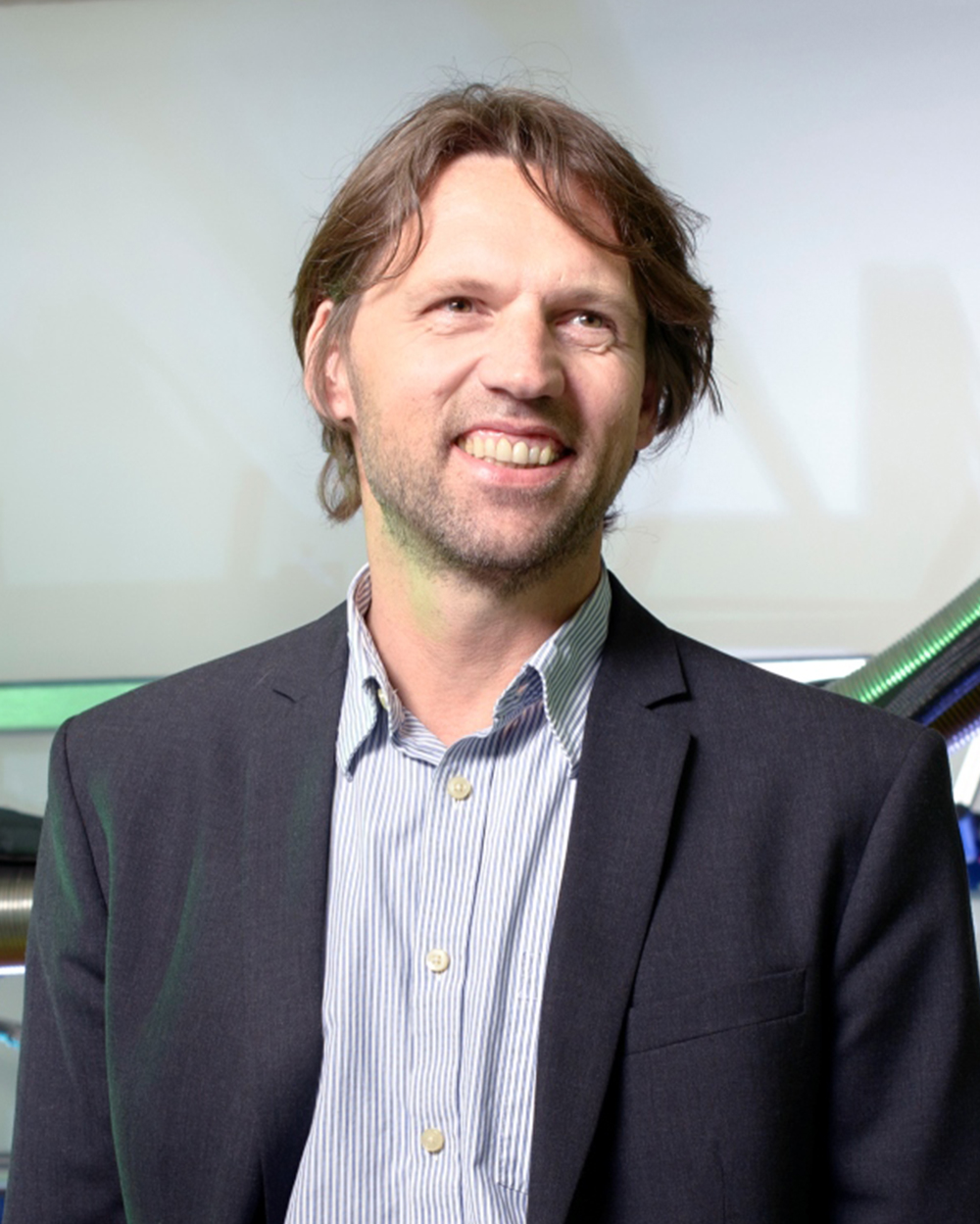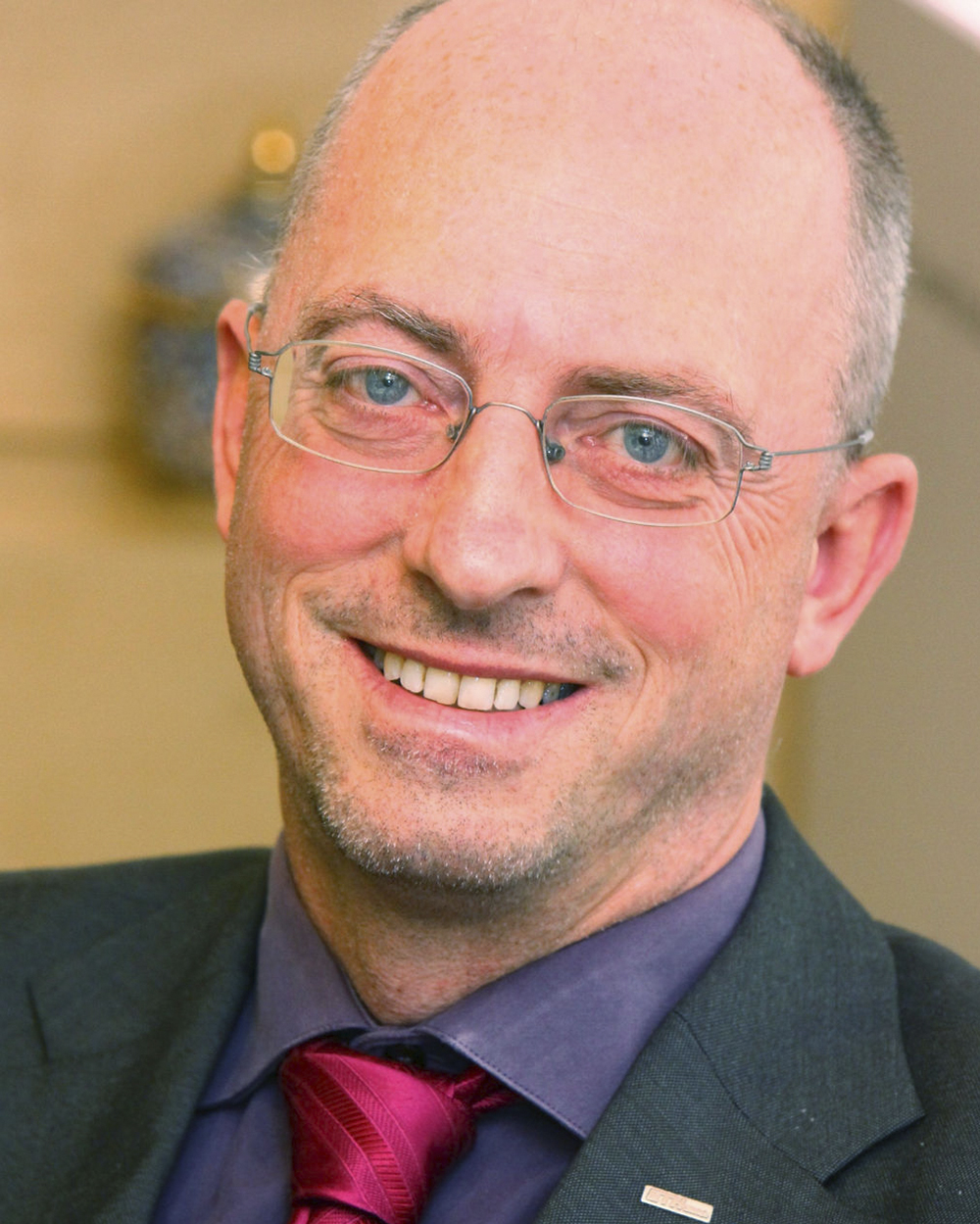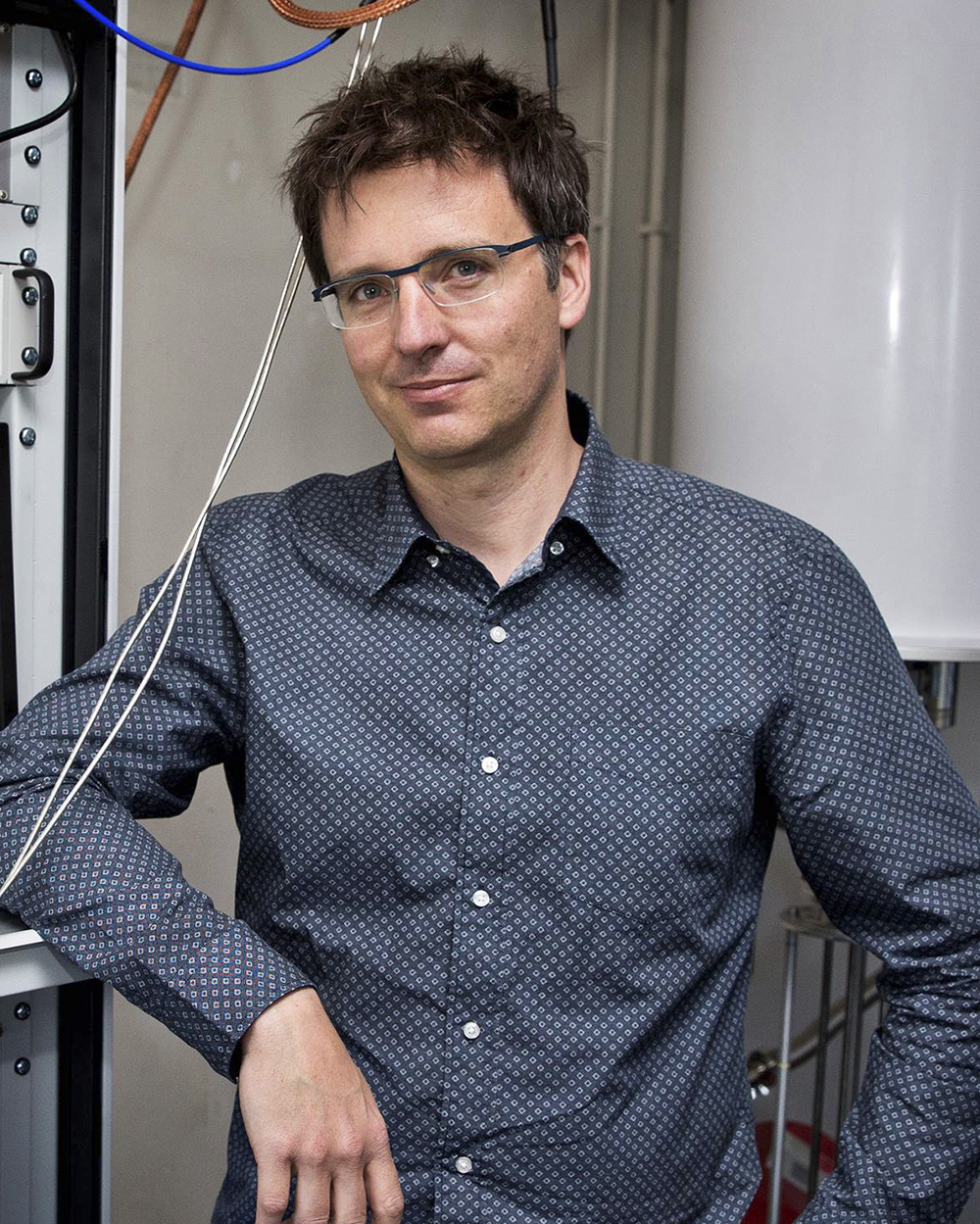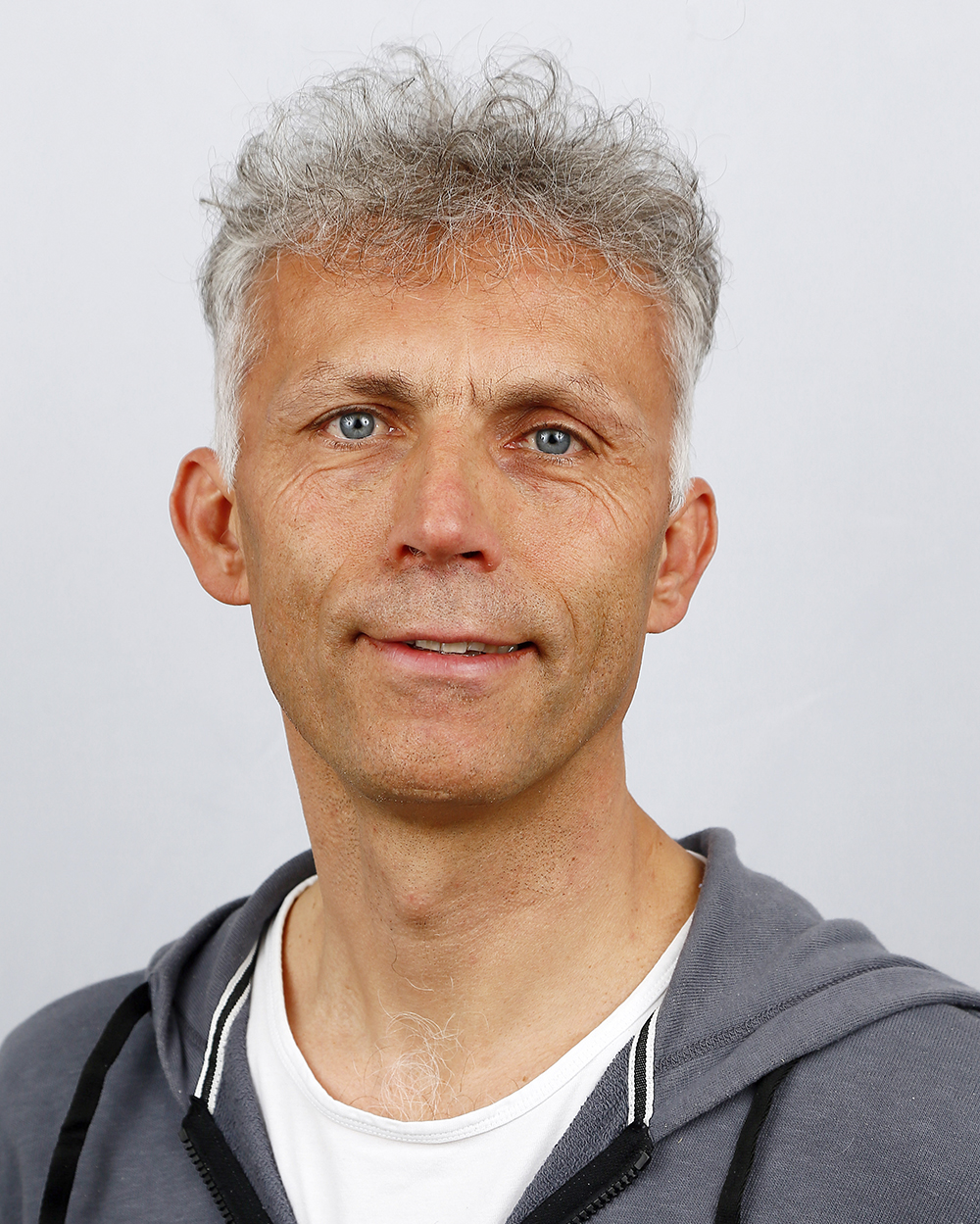Eight TU Delft researchers on Highly Cited Researchers list
Clarivate’s list of Highly Cited Researchers has recently been published. On this list, the names of the most cited researchers in a certain field (or cross-field) can be found. This year, no less than eight researchers from our university have been included.
All TU Delft researchers who are on the list of Highly Cited Researchers work at the Faculty of Applied Sciences. Read on for their names and profiles.
Dr. Stan Brouns (1978) is fascinated by the interaction between microbes and their viruses. He conducts fundamental research into the resistance mechanisms of bacteriophages, such as CRISPR-Cas. Recently, there has been a lot of media attention for bacteriophages, because these tiny virus particles are adept at killing bacteria. We may therefore be able to use them in fighting bacterial infections. Since more and more antibiotic-resistant bacteria are emerging, the work that Stan Brouns does is as important as it is topical. Supported by the University Fund, he raised money to build up a collection of phages that can kill different types of bacteria. This 'phage library' brings the treatment of patients with an infection that antibiotics cannot control a step closer. Just as topical is the research that Stan Brouns' group is doing into the functioning of biological systems such as CRISPR-Cas, which experts can use to rewrite DNA. With the help of this molecular tool, we will potentially be able to erase genetic disorders from our DNA in the near future.
Prof. dr. Cees Dekker (1959) is a physicist by trade. He gained world fame with his research into the properties of carbon nanotubes, for which he also won the Spinoza Prize (2003). In the following years he received a number of other prizes, including the Academy Professors Prize (2015), the Nanosmat Prize (2017) and TU Delft’s Best Professor Award (2018). Around the year 2000, Cees Dekker started focusing on biology, which he of course looks at from a physical perspective. Using nanotechnology, such as nanopores and molecular tweezers, he studies biomolecules at the single molecule level. He recently discovered how condensin motor proteins create loops in DNA, which is one of the fundamental organizing principles that govern the build-up of chromosomes. Dekker is currently working with colleagues from various countries and disciplines on a challenging mission that appeals to the imagination: the construction of a living synthetic cell from lifeless components. Building such an 'artificial cell' requires a lot of fundamental research, because before you can build cells you first have to understand exactly how such a bag of molecules works. Cees Dekkers' current research focuses primarily on processes related to the division and spatial organisation of cells.
Prof. dr. Jorge Gascon (1977) is a researcher who works at the interface of chemical engineering and materials science. Like his former colleague and section leader Freek Kapteijn (mentioned below), he specializes in catalysis. Catalysts are substances that accelerate chemical reactions without changing themselves, and catalysis plays an invisible but extremely important role in the production of fuels and basic chemicals for all kinds of consumer products, such as medicines and cleaning products. Jorge Gascon's work thus indirectly affects the lives of a large group of people. Gascon is seen as a very talented scientist. In his relatively short career, he has won several personal grants and has written more than 230 publications. He also holds six patents and wrote the book 'Metal Organic Frameworks as Heterogeneous Catalysts'. In 2013 he won the ExxonMobil Chemical European Science and Engineering Award. Jorge Gascon currently works at King Abdullah University of Science and Technology in Saudi Arabia, but is still affiliated with TU Delft.
Prof. dr. Freek Kapteijn (1952) is the (co-)author of more than 600 publications and can rightly be called an expert in the field of chemical technology. But what he is perhaps most proud of are the many PhD students he has supervised over the years. In total, he has acted as (co-)supervisor more than fifty times. Freek Kapteijn has also made important contributions to the integration of catalysis and reactor design, helping the chemical industry to operate more sustainably. Freek Kapteijn is co-founder of the field of Catalysis Engineering and was for a long time head of a section of the same name within the Chemical Engineering research department. For his work he was awarded the Hoogewerff Gold Medal, a prestigious oeuvre prize. In recent years Freek Kapteijn has studied zeolites together with Jorge Gascon, versatile minerals that are used as water softeners in detergents and are interesting for chemists because of their catalytic, adsorption and separation properties. The productive duo also threw themselves into so-called metal organic frameworks (MOFs), which Delta called 'building boxes for chemists'. Freek Kapteijn recently retired officially, but he is not comfortable resting on his laurels. He is still active, among other things in a European research programme of ten million euros around the capture of CO2 with the help of the MOFs mentioned above.
Prof. dr. Leo Kouwenhoven (1963) switches effortlessly between the normal, everyday reality and the exotic world of quantum mechanics, where the classical laws of physics do not apply and cats in closed boxes are dead and alive at the same time. In 2007, he received the Spinoza Prize for his quantum research. He made world news when in 2012 he announced that his research group had found the long sought-after Majoran fermion at the ends of a nanowire. These quasi-particles can serve as a quantum bits (or 'qubits'), the building blocks for a future quantum computer. Researchers from the prestigious QuTech institute, of which Leo Kouwenhoven is co-founder, are currently working on a qubit based on four Majorana fermions. Since it is now abundantly clear that a quantum computer can really be built, the focus is being shifting from fundamental research to the actual engineering of this computer of the future. It is no coincidence that tech giants such as Intel and Microsoft have entered into close collaborations with QuTech. Leo Kouwenhoven joined the latter company at the end of 2016, but remains a professor at TU Delft.
Prof. dr. ir. Mark van Loosdrecht (1959) studies microbial ecology and uses this knowledge to better purify waste water and recover raw materials from it. His team developed Nereda, an innovative technology for the purification of waste water using microorganisms. Normally, bacteria used for wastewater treatment converge to form flakes. Mark van Loosdrecht 'trained' them to clump together into granules. These settle faster, which makes the purification process cheaper and more efficient. Today, the technology is being used all over the world. Mark van Loosdrecht's group is now trying to find ways to extract useful raw materials from waste streams. Waste water treated with Nereda contains a biopolymer with all kinds of useful properties, for example. Kaumera, as it is called, can serve as many things. For instance, it can serve as a coating which makes concrete last decades longer. Mark van Loosdrecht's scientific achievements include the Simon Stevin Master title (2013), the Spinoza Prize (2014) and recently also the prestigious Stockholm Water Prize.
Prof. dr. Gary Steele (1976) is a talented nanotechnologist and, as he himself calls it, a 'hardware guy'. His research focuses mainly on the manufacturing of quantum electronics - also called 'quantum circuits'. He focuses on three pillars: mechanics, simulating problems in quantum physics and researching new materials. Currently, the main focus of his group is to create a superposition of a massive object. What that means? Think, for example, of a coffee cup that is on the table and in the dishwasher at the same time. He also wants to build networks of oscillators (a kind of pendulums) that are in quantum superposition. In theory, these kinds of networks can find an answer themselves if you present them with certain quantum problems. Gary Steele also wants to use his quantum circuits to measure the influence of gravity on quantum mechanics. According to some experts the two are mutually exclusive, but there are no experiments yet to test this theory. Steele wants to change that.
Prof. dr. Herre van der Zant (1963) works on nanoelectronics, also called molecular electronics. Electronics, but very tiny, right? Well yes, but there the comparison with 'normal' electronics ends. Because on the smallest scale, all kinds of quantum effects pop up that are not a problem in larger electronics. Although ‘problem’ may not be the right word. New effects open new doors, and those usually make researchers happy. But what it is that can be found behind these new doors is not yet clear. That's why Herre van der Zant's group not only manufactures nanoelectronics, which is an art in itself, but also conducts pioneering research into the properties of things like spin transistors, mechanically adjustable break junctions and nanoelectrodes. Of course, he also researches the materials these molecular electronics are made of. A good example of an application Herre van der Zant is working on are new, better and cheaper sensors based on graphene, the wonder material that is only one atom thick. You can probably find these mini-sensors in your smartphone in a few years’ time.
